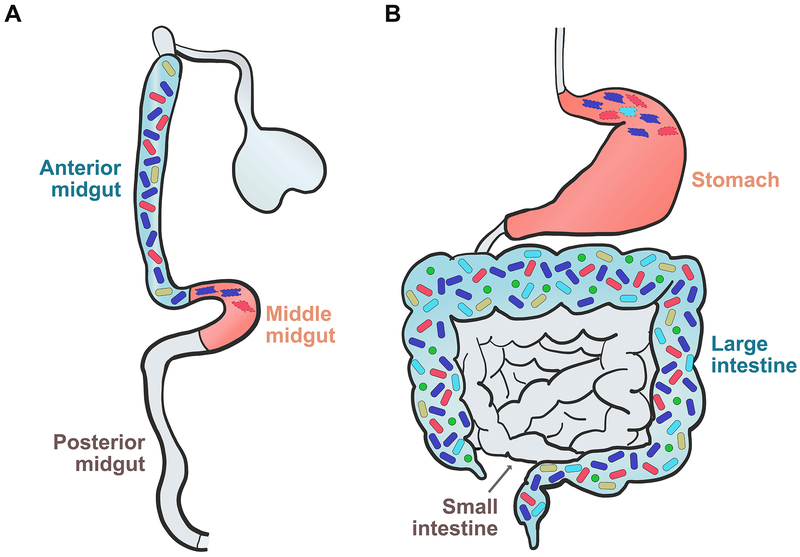Figure 1: A comparison of the dipteran and mammalian gastrointestinal tracts.
(A) The commensal microbiota of Drosophila gastrointestinal tract resides principally in the anterior midgut. Digestion of complex carbohydrates is predicted to occur in this compartment. Transit of microbes to the posterior midgut is restricted by the low pH of the middle midgut. Therefore, the posterior midgut is relatively microbe-free except during overwhelming infection. (B) The mammalian intestine has similar compartments. However, their order is shuffled. Ingested microbes first encounter the acidic stomach. This, along with bile secretion and rapid flow through the small intestine, ensures that the burden of microbes in the small intestine is low. The microbial burden increases as the large intestine is reached, and the density of microbes in the large intestine is extremely high. It is in the latter compartment that digestion of many complex carbohydrates occurs.

